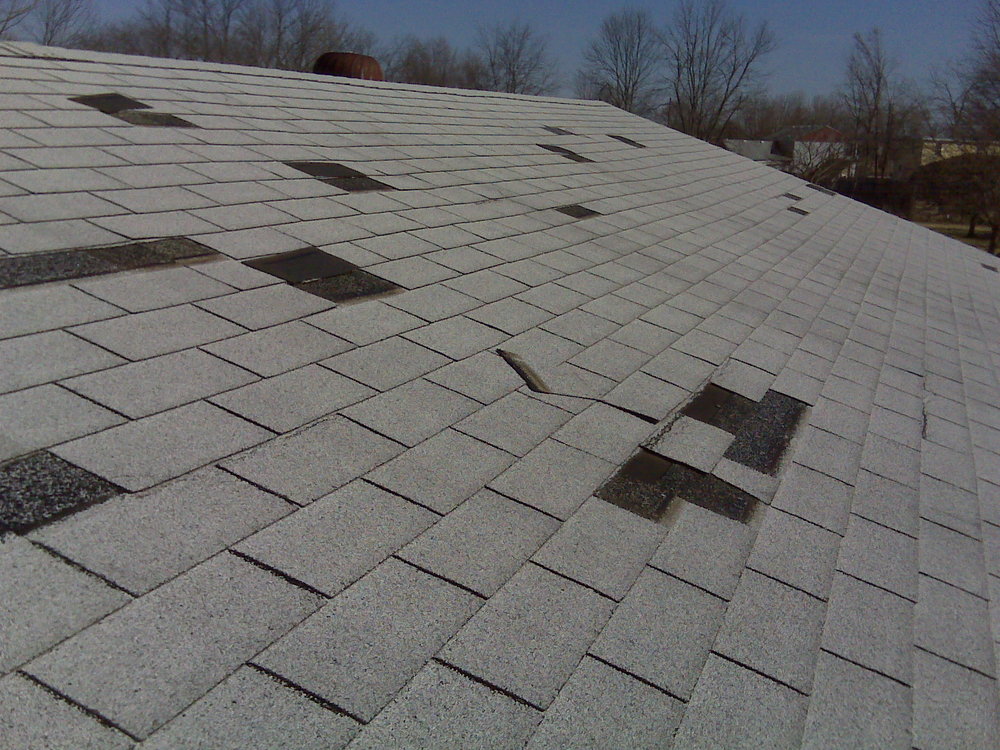- 11427 Reed Hartman Hwy Cincinnati, OH, US 45241

Insurance is crucial to protecting your assets and mitigating potential financial risks. When it comes to your home, the roof is one of the most vulnerable areas. Roof damage caused by wind and hail can result in significant repair costs. Understanding the insurance claims process for roof damage is essential to ensure a smooth and successful resolution. This comprehensive guide will walk you through the necessary steps to file an insurance claim for roof damage caused by wind and hail.
Before delving into the specifics of insurance claims for roof damage, it’s important to understand the concept of insurance itself. Insurance is a contract between an individual and an insurance company that provides financial protection against potential losses. In exchange for regular premium payments, the insurance company agrees to cover the costs of specified risks outlined in the policy.
Various types of insurance policies are available to homeowners, each offering different forms of coverage. Some common insurance policies include:
Homeowners Insurance: Homeowners insurance is a comprehensive policy that protects your home and belongings against a wide range of risks, including roof damage caused by wind and hail.
Roof damage can occur due to several factors, including weather conditions, aging, and poor maintenance. However, wind and hail are particularly common causes of roof damage. These elements can dislodge shingles, cause dents or cracks, and even tear off roof sections.
Wind: Strong winds can exert significant force on your roof, leading to shingle damage or complete detachment.
Hail: Hailstones can vary in size and cause substantial damage to your roof, resulting in dents, cracks, or punctures.
Detecting wind and hail damage on your roof is crucial for filing an insurance claim. Here are some signs to look out for:
Missing or Damaged Shingles: Check for any shingles that are missing, cracked, curled, or have lifted edges.
Dents or Bruises: Inspect metal components, such as gutters, downspouts, or vents, for dents or bruises caused by hail impact.
When filing an insurance claim for roof damage, following a step-by-step process is essential to maximize your chances of success. Here’s a guide to help you through the process:
Documenting the Damage: Take clear and detailed photographs of the roof damage up close and from a distance. This documentation will serve as evidence during the claims process.
Contacting Your Insurance Company: Notify your insurance company about the roof damage immediately. Provide them with the necessary details and documentation.
Meeting with an Adjuster: An insurance adjuster will assess the extent of the damage and determine the amount covered by your policy. Be present during this inspection and provide any additional evidence or information requested.
Roof Repair or Replacement: Once the adjuster approves the claim, you can repair or replace your roof. Ensure you follow any guidelines or restrictions outlined by your insurance company.
The claims process for roof damage can vary depending on your insurance company and policy. However, it generally involves the following steps:
Initial Assessment: Your insurance company will review the details of your claim and assess the damage based on the documentation provided.
Claim Approval: If your claim is approved, the insurance company will provide the necessary funds to repair or replace your roof.
Deductible and Payment: You must pay the deductible amount specified in your policy. Once paid, the insurance company will release the funds to cover the remaining costs.
While the insurance claims process for roof damage is designed to assist, there can be challenges along the way. Some common issues include:
Insufficient Coverage: It’s essential to review your policy and ensure you have adequate coverage for roof damage caused by wind and hail.
Delayed Claims: Insurance companies sometimes take longer than expected to process claims, causing delays in repairs or replacements.
Homeowners must understand the insurance claims process for roof damage caused by wind and hail. By following the step-by-step guide outlined in this comprehensive article, you can confidently navigate the claims process and ensure a successful resolution. Remember to document the damage thoroughly, promptly contact your insurance company, and be actively involved in the claims process. Protect your home and finances by being prepared and knowledgeable when dealing with insurance claims for roof damage.

Open 24 Hours